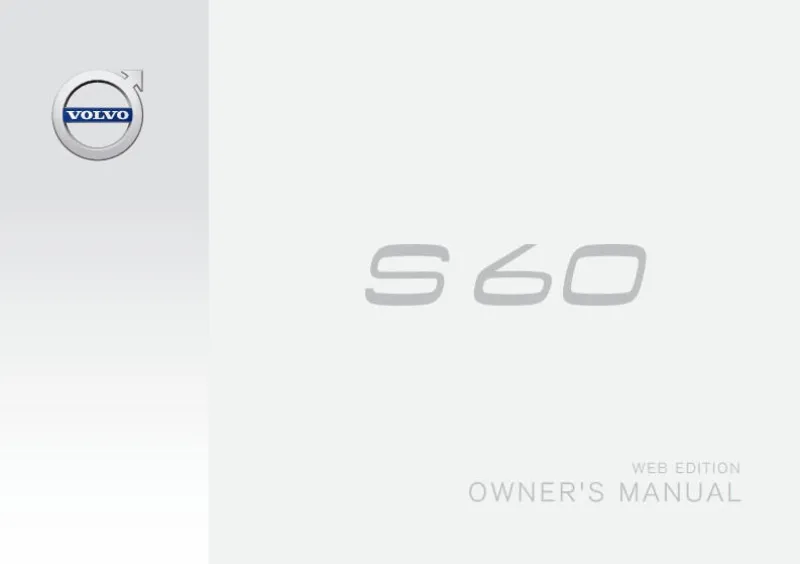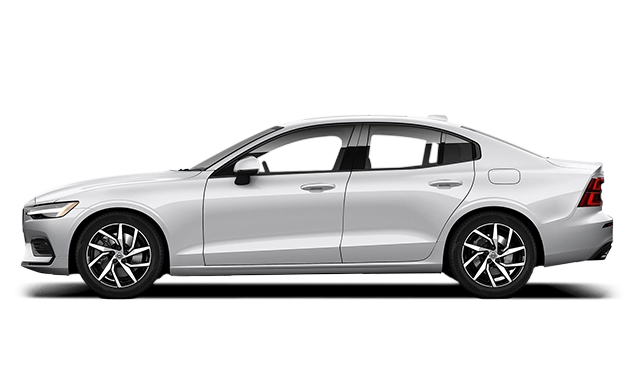2016 Volvo S60 Owner's Manual

Table of Contents
2016 Volvo S60 Overview
Introduction
The 2016 Volvo S60 is a refined sedan that epitomizes Scandinavian design and engineering prowess. This agile luxury car combines dynamic performance with a commitment to safety, providing drivers with a premium experience that goes beyond just basic transportation. With its sleek lines and upscale interior, the S60 is designed for those who seek both style and substance in their driving experience.
Powertrains
The 2016 Volvo S60 offers a variety of powertrain options to suit different driving preferences. The standard 2.0-liter turbocharged four-cylinder engine delivers a balanced mix of efficiency and performance, producing 240 horsepower while achieving remarkable fuel economy. For those desiring more power, the T6 trim includes a supercharged and turbocharged 2.0-liter four-cylinder engine that generates an impressive 302 horsepower, ensuring exhilarating acceleration. To further enhance the performance, the S60 is available with all-wheel-drive, providing superior traction and control in diverse driving conditions.
Trims
The S60 comes in several trims, including the base Premier, sporty R-Design, and luxurious Inscription variants. Each trim level offers a distinctive blend of features that cater to varied tastes. The R-Design trim is geared towards performance enthusiasts, featuring sport-tuned suspension and aggressive styling, while the Inscription trim emphasizes luxury with premium materials and advanced technology.
Features
Inside, the 2016 S60 boasts an array of high-end features such as leather upholstery, a user-friendly infotainment system, and customizable ambient lighting. Standard safety features include a rearview camera and parking sensors, while optional upgrades offer advanced technologies like adaptive cruise control and collision avoidance systems, ensuring peace of mind on every journey.
Owner's Manual
The 2016 Volvo S60 owner's manual serves as a comprehensive guide for new owners, detailing essential information about vehicle operation, maintenance schedules, and safety features. It provides insights into maximizing the vehicle’s capabilities and understanding the available technology, ensuring a seamless ownership experience.
User manual download
The Volvo S60 owner manual for the 2016 model year is to be found in PDF downloadable format on this page. The owner manual for the model year 2016 is free and in English, but the repair manuals are usually not easy to get and may cost more.
Manual Questions
Fill the form below and someone will help you!

